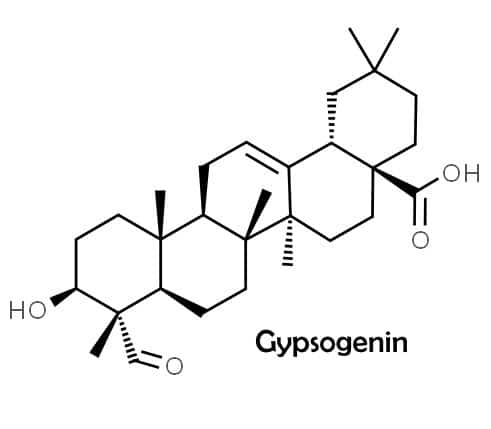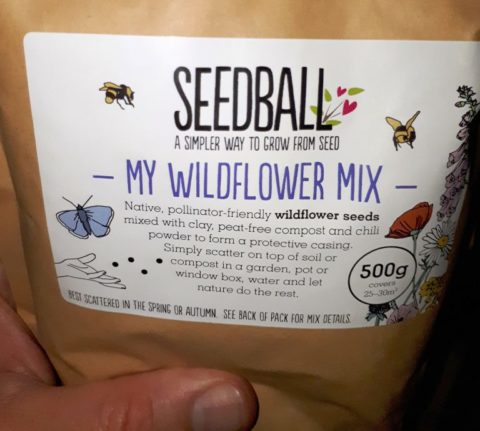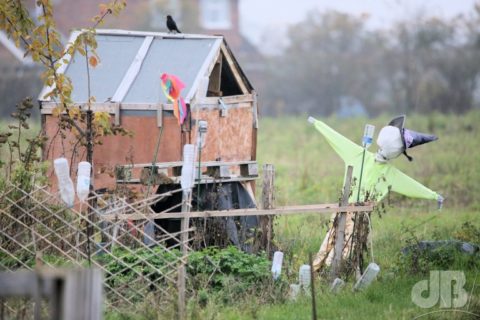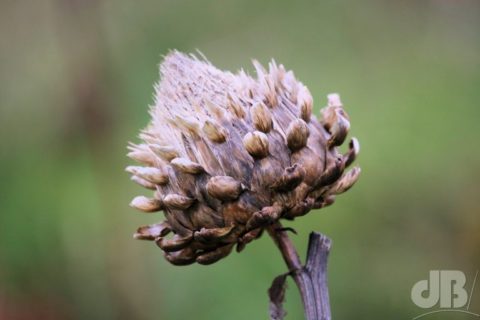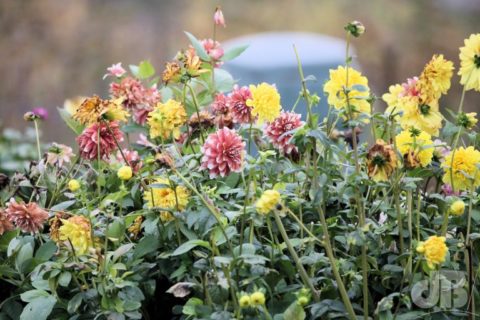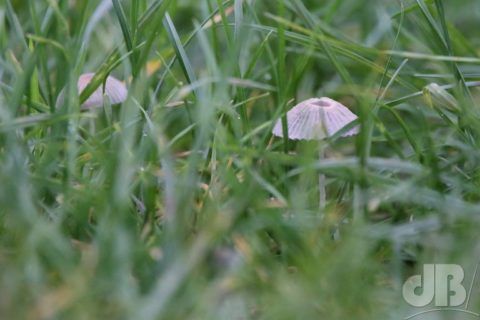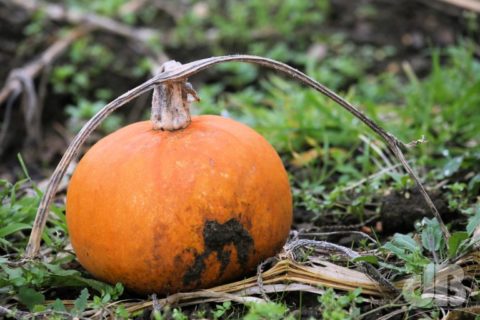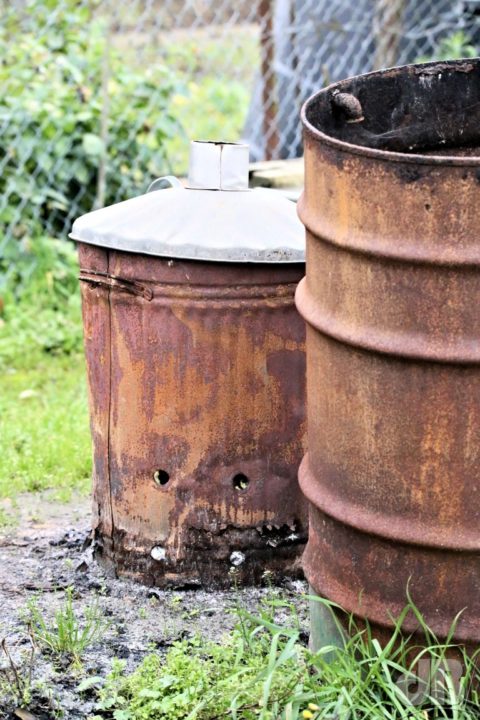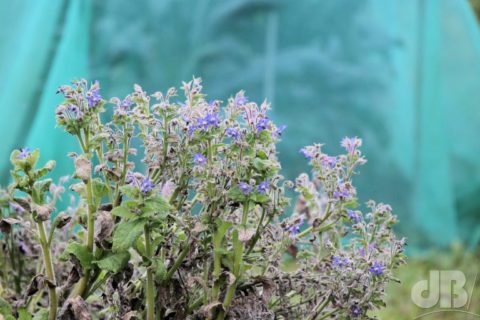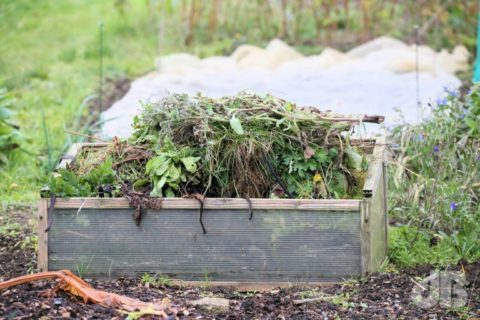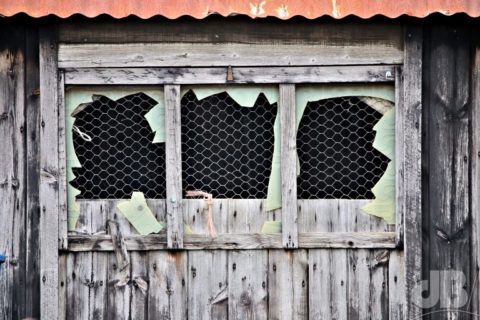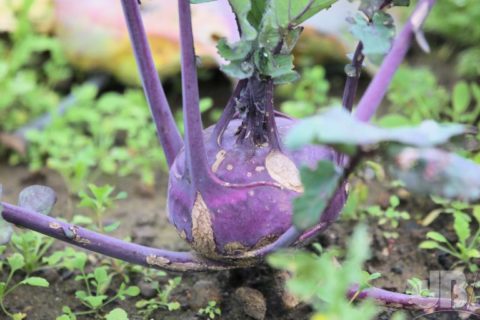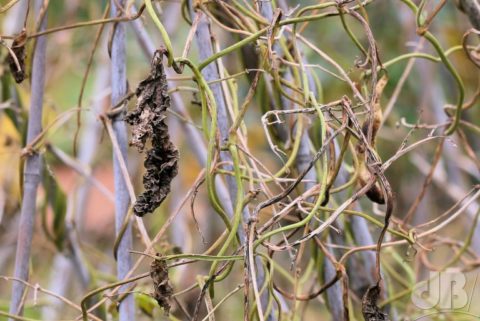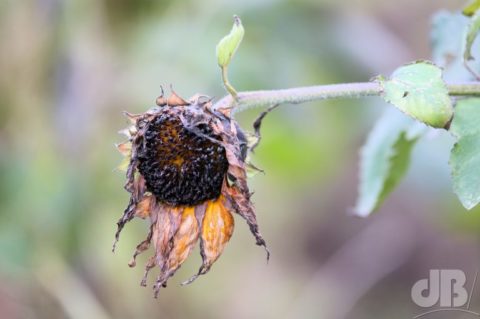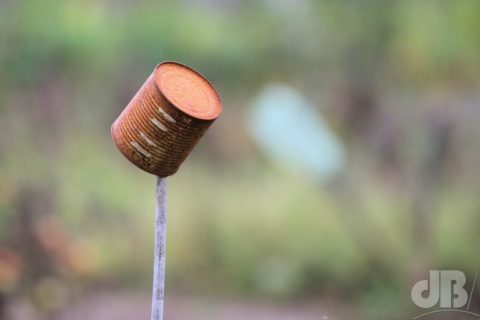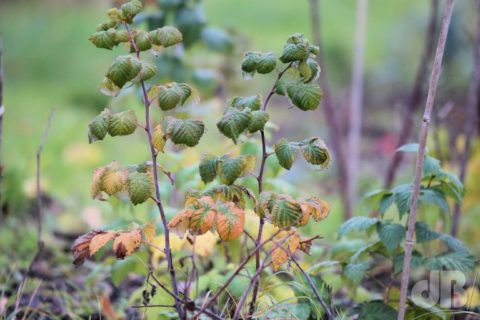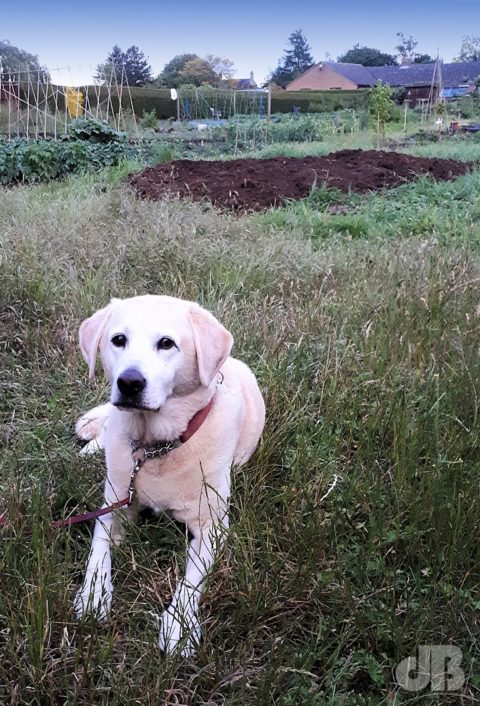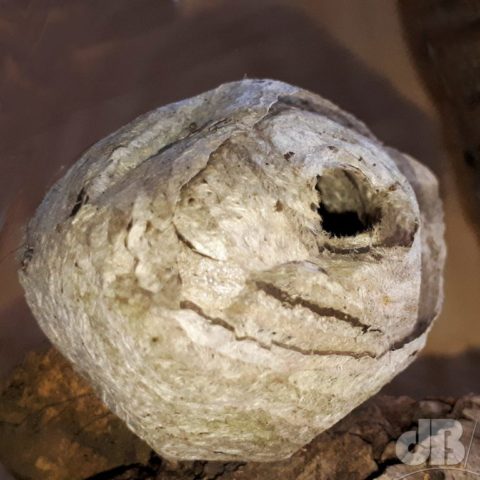Some of the more astute among you may have spotted the occasional recent allusion to our acquisition of an allotment…well half an allotment to be precise, with a shed. For years, we had been toying with the idea of taking on an allotment, the site is just five minutes walk from our house, it’s almost a peppercorn rent, and it’s safe from the dog digging up seedlings and eating the veg.
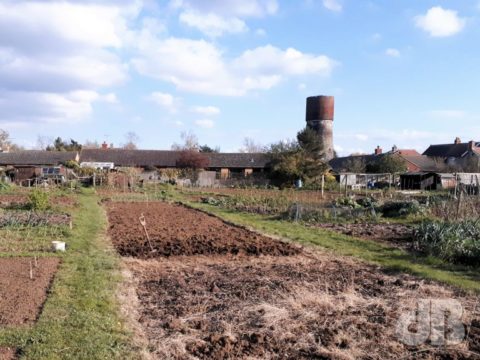
So, back in February, I contacted the chair of the local charity that manages the allotments and as spring rolled on, got a reply from the trustee in charge of assigning them. We took a look at a possible “quarter” plot on 4th April, it had been sprayed with weedkiller it looked like a lot of work, but would be fun to take on.
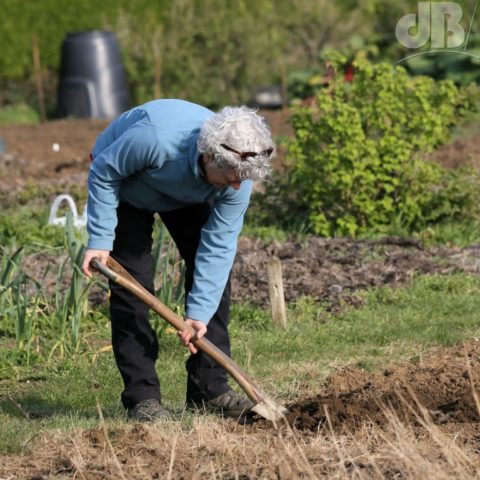
Of course, as soon as we went back to start the arduous tasks of digging it over, we realised that we needed to take on the full half so that we’d have the shed attached to that half plot. And so it is that we’re paying double the peppercorn rent, which is still just two peppercorns, but have a half plot to grow on it whatever we fancy and a shed to keep a couple of camping chairs in for when we’ve finished weeding and feel we’ve earned a rest, maybe with a couple of beers or a flask of tea.
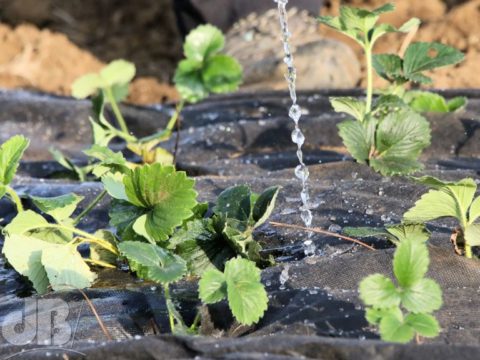
Before we started digging over the plot, we salvaged a chunk of rhubarb and what looked like a raspberry plant. Then it was down to the business of raking off all the dead couch grass, thistles, and other weeds and turning over the soil to a depth of our spade. I reckon I’ve spent 5 hours doing that task by now and have aching muscles I didn’t know I had. It now looks like a plot into which the seedlings I’ve seeded at home might ultimately be transplanted. Seeds for beetroot, beans, courgettes, and some squash courtesy of Roger the bassist in C5 the band. Meanwhile, the digging turned up maybe half a dozen moth pupae, I feel guilty that I didn’t bring them home to raise to adults. Maybe more will turn up with the next digging session.
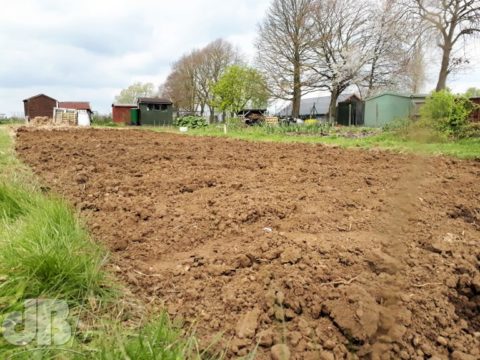
We’ve also put in a few sunflower seeds at one end and some freesia corms, just for the glamour. Doug, great name for an allotmenteer gave me some onion sets, and they’re now in two rows. Mrs Sciencebase dug out some of the (wild) strawberry plants from our garden at home where they were doing very little and they now have their own protected bed.
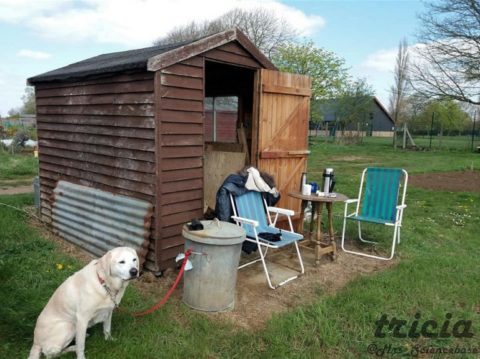
Meanwhile, we cleaned up a patch that seemed to have some surviving fruit plants, which Cliff, our allotment neighbour, reckoned might be three or four different species, but they mostly look like raspberries. I dug over and cleaned up a 2x4m patch closer to the shed to seed with California poppies, Ox-Eye Daisies and spread a few pellets – bat mix and butterfly mix – from the kind folks at Seedball, whom I mentioned the other day.
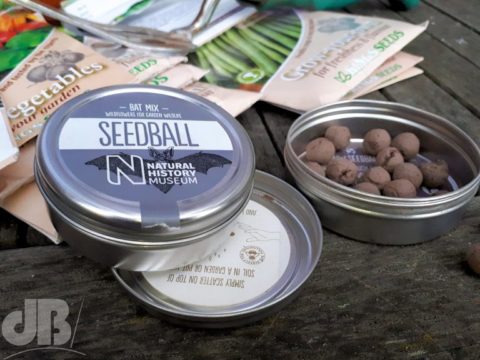
We cleared out the shed and salvaged some fish bone meal, which I used to fertilize the aforementioned onion sets, there were lots of spikes and canes and compost bags, which are all coming in useful too. We have two or three Jackdaws that are keen to sample the worms revealed by my digging, a couple of Blackbirds and a very friendly Robin that loves to pose on the handle of the spade, as they do. Classic.
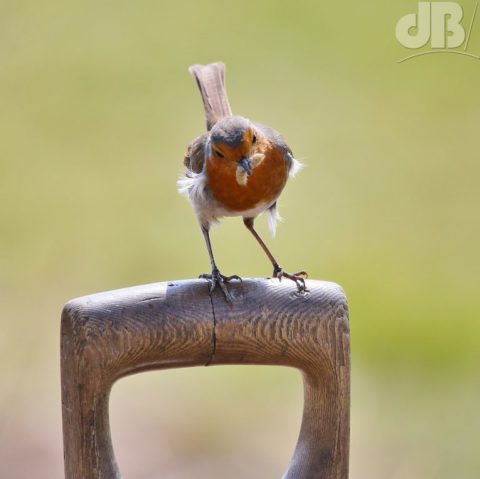
The camping chairs are in place, we just need to get the rest of the work, done (hahah, yeah, right), the Pinot chilled, and find a fine, warm evening to sit back and enjoy the putative fruit and veg of our labours.
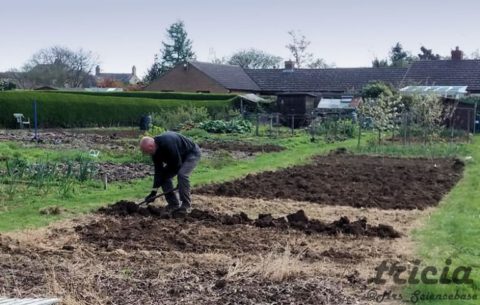
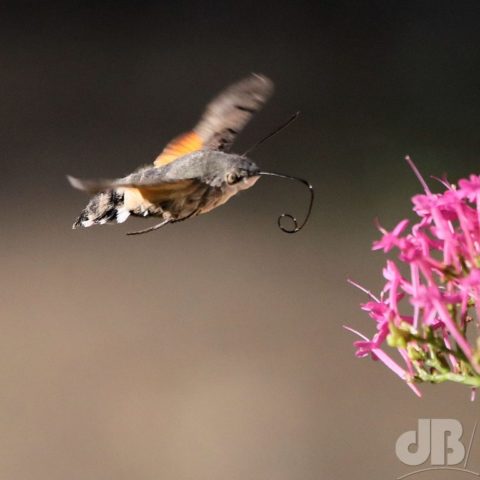
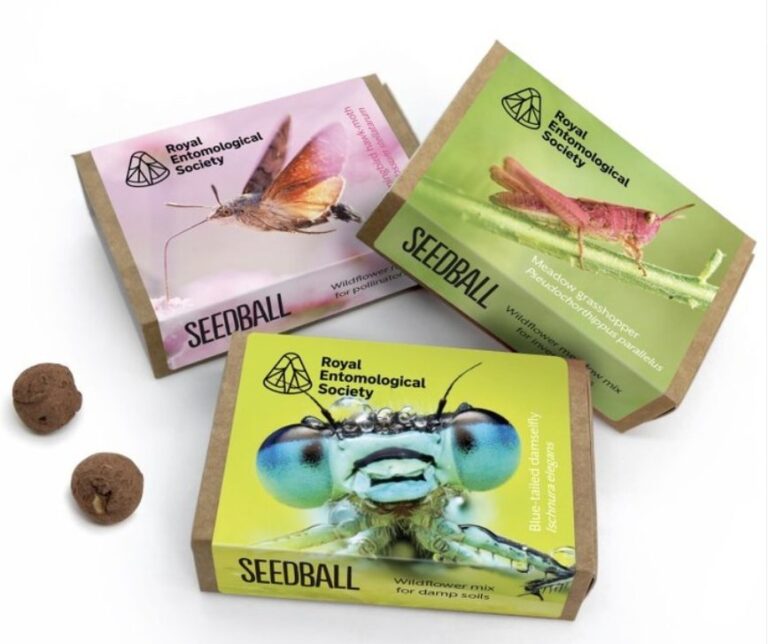
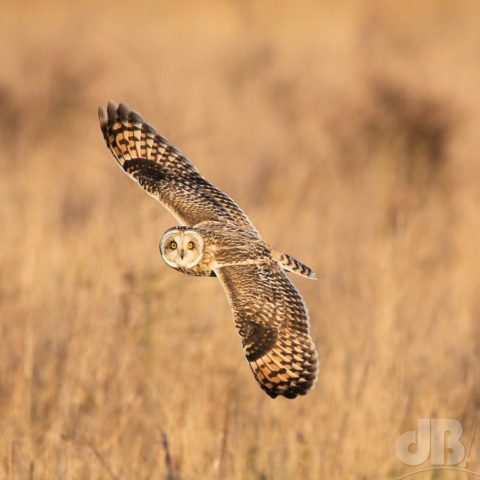
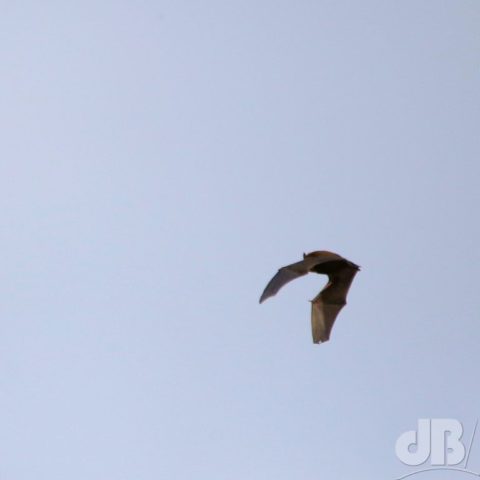
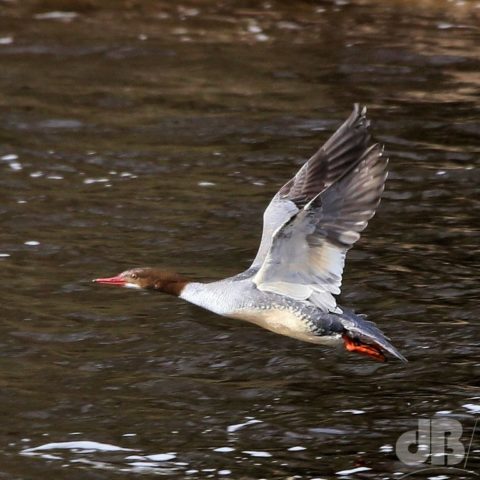
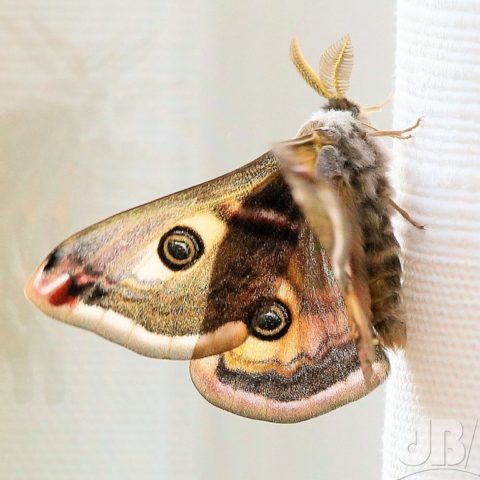
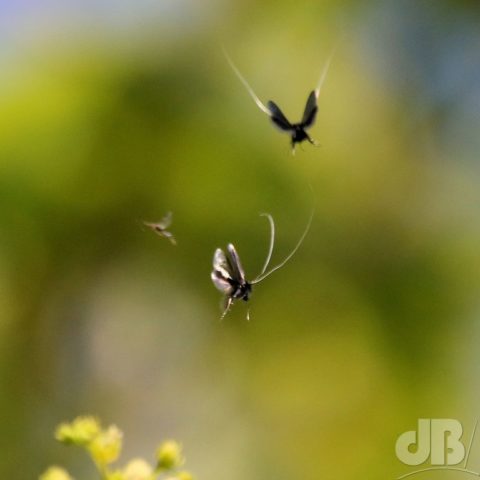
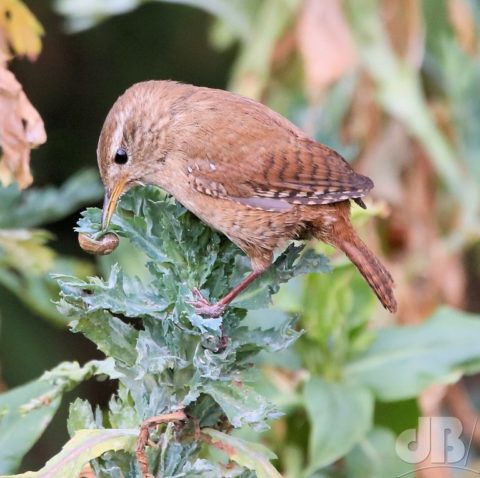
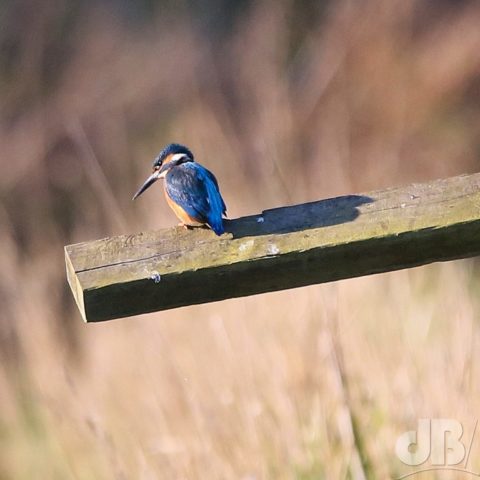
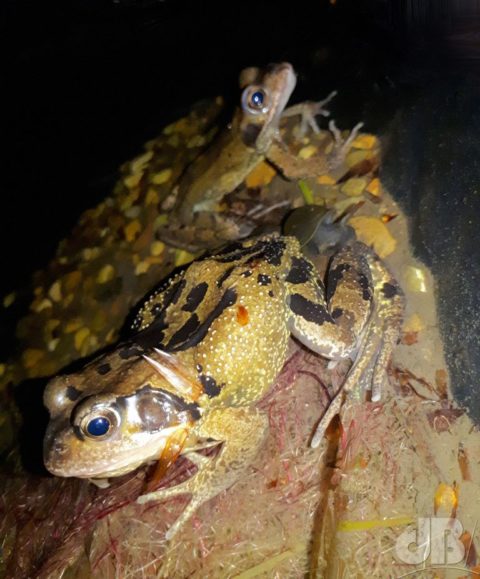
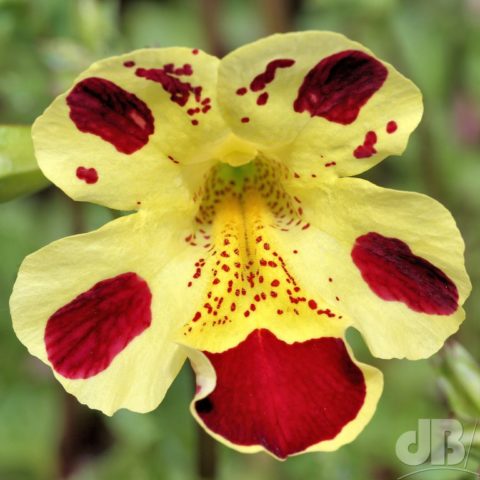
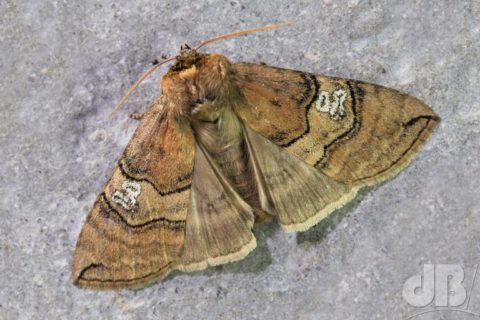
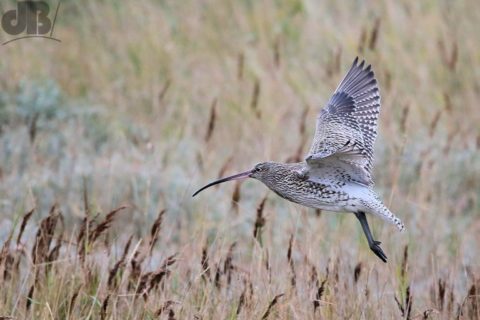
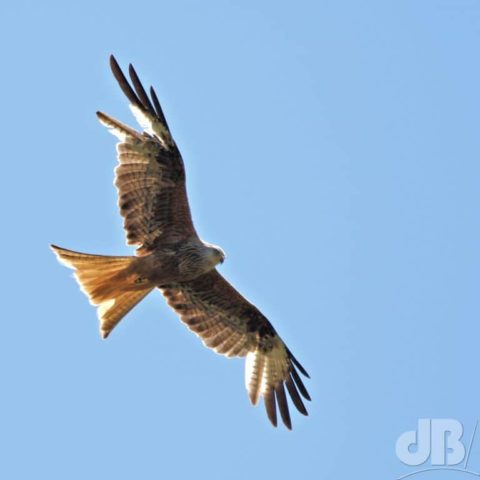
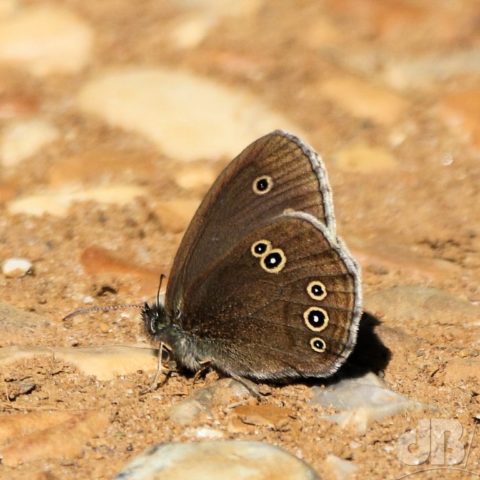
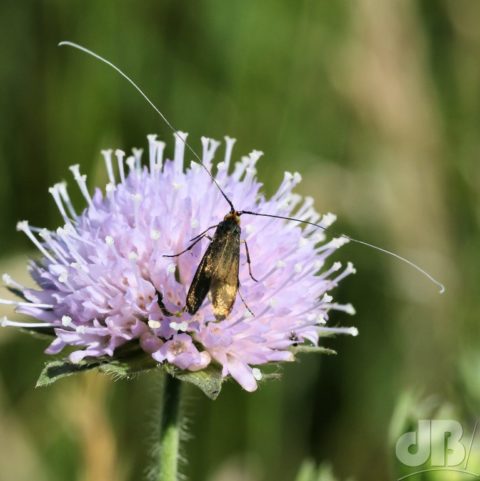
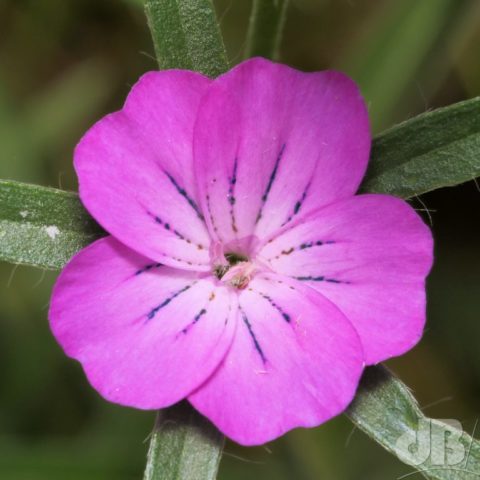
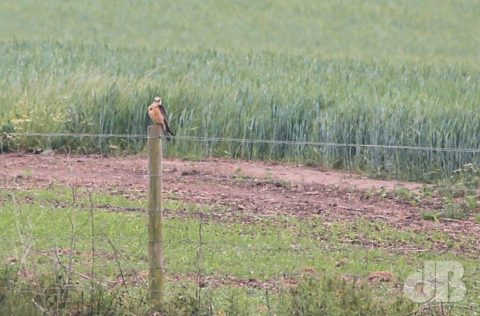
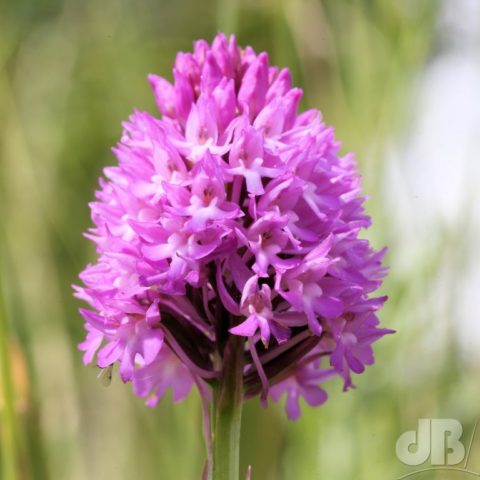
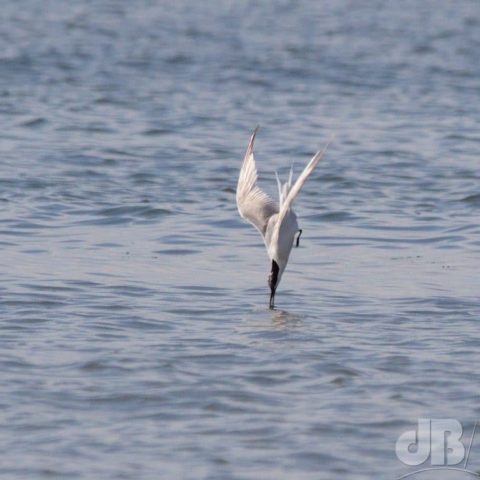
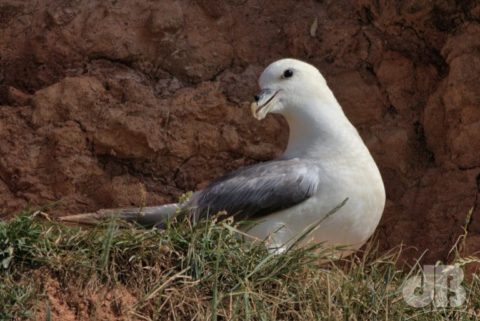
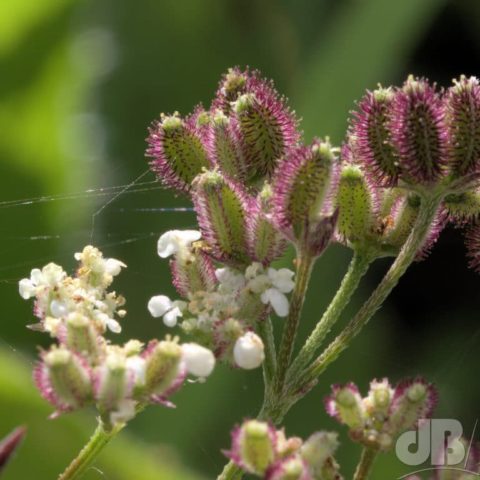
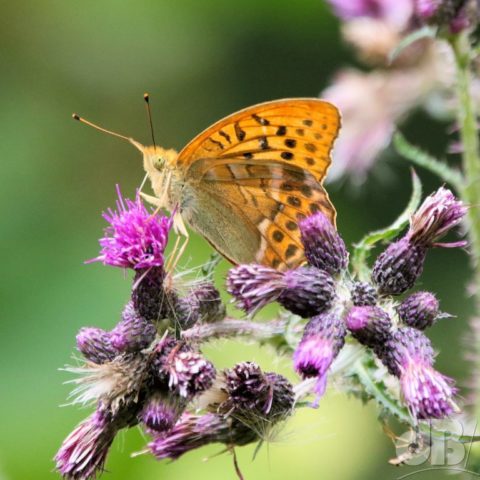
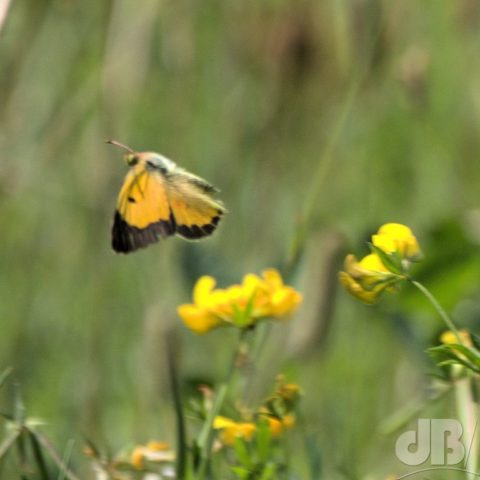
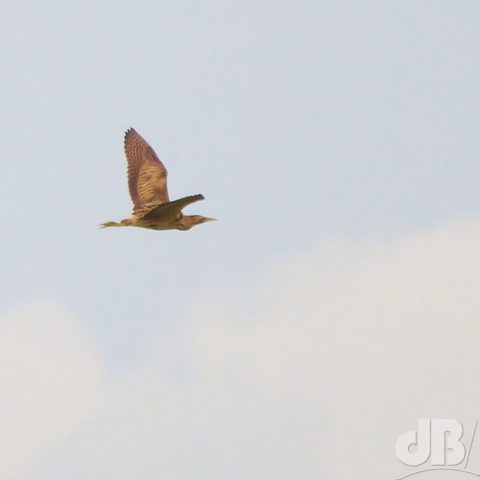
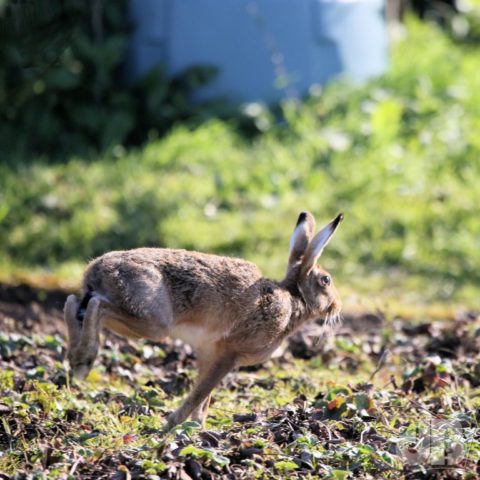
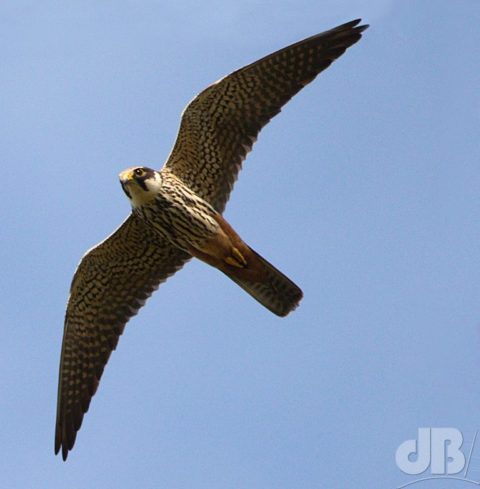
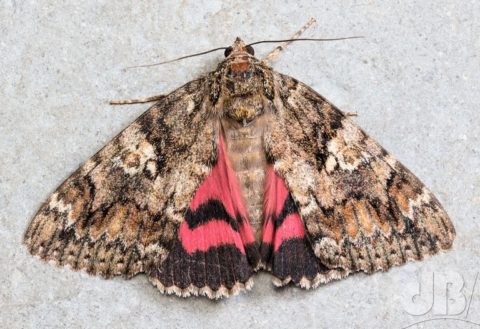
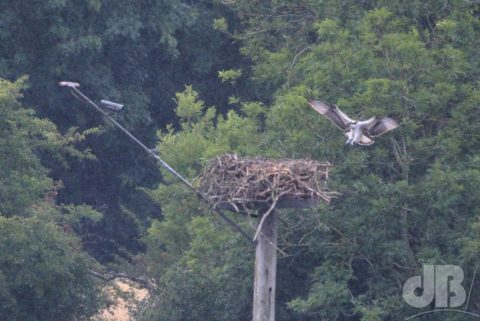
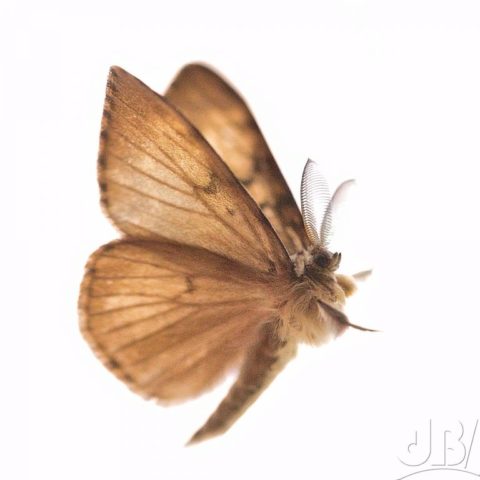
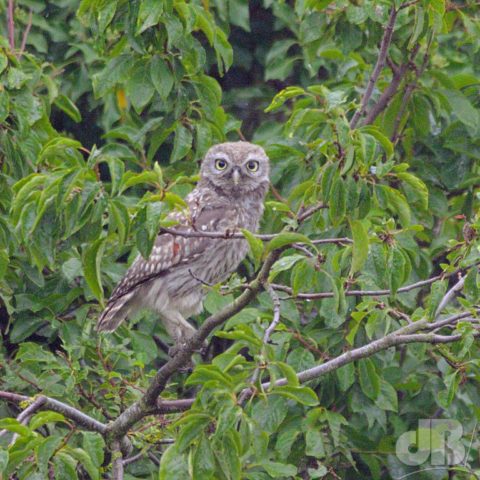
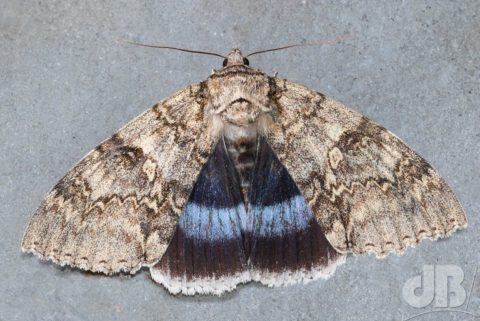
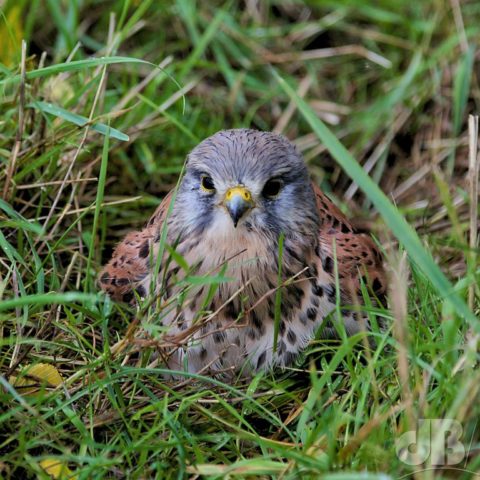
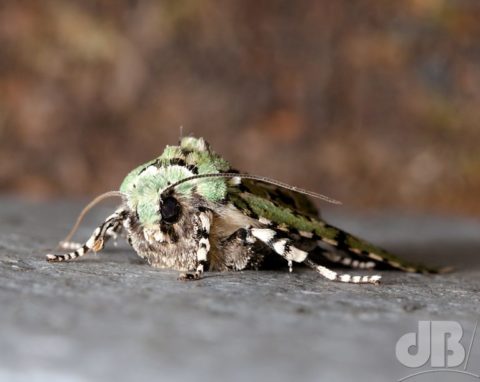
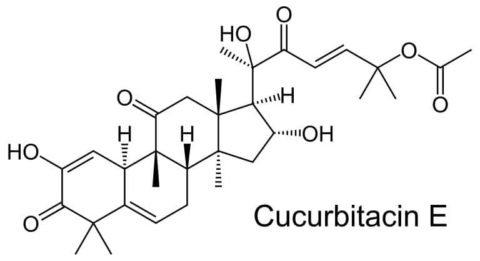
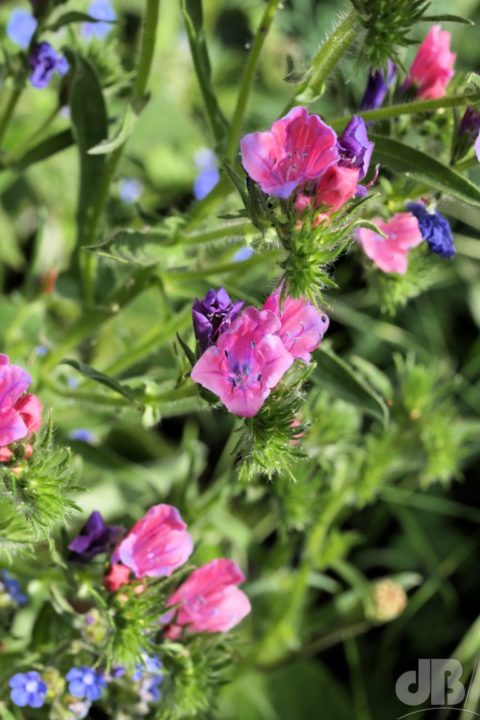 This wildflower species, Agrostemma githago, was thought to be extinct in the British Isles until a specimen was spotted in Sunderland of all places by a National Trust assistant ranger in 2014.
This wildflower species, Agrostemma githago, was thought to be extinct in the British Isles until a specimen was spotted in Sunderland of all places by a National Trust assistant ranger in 2014.